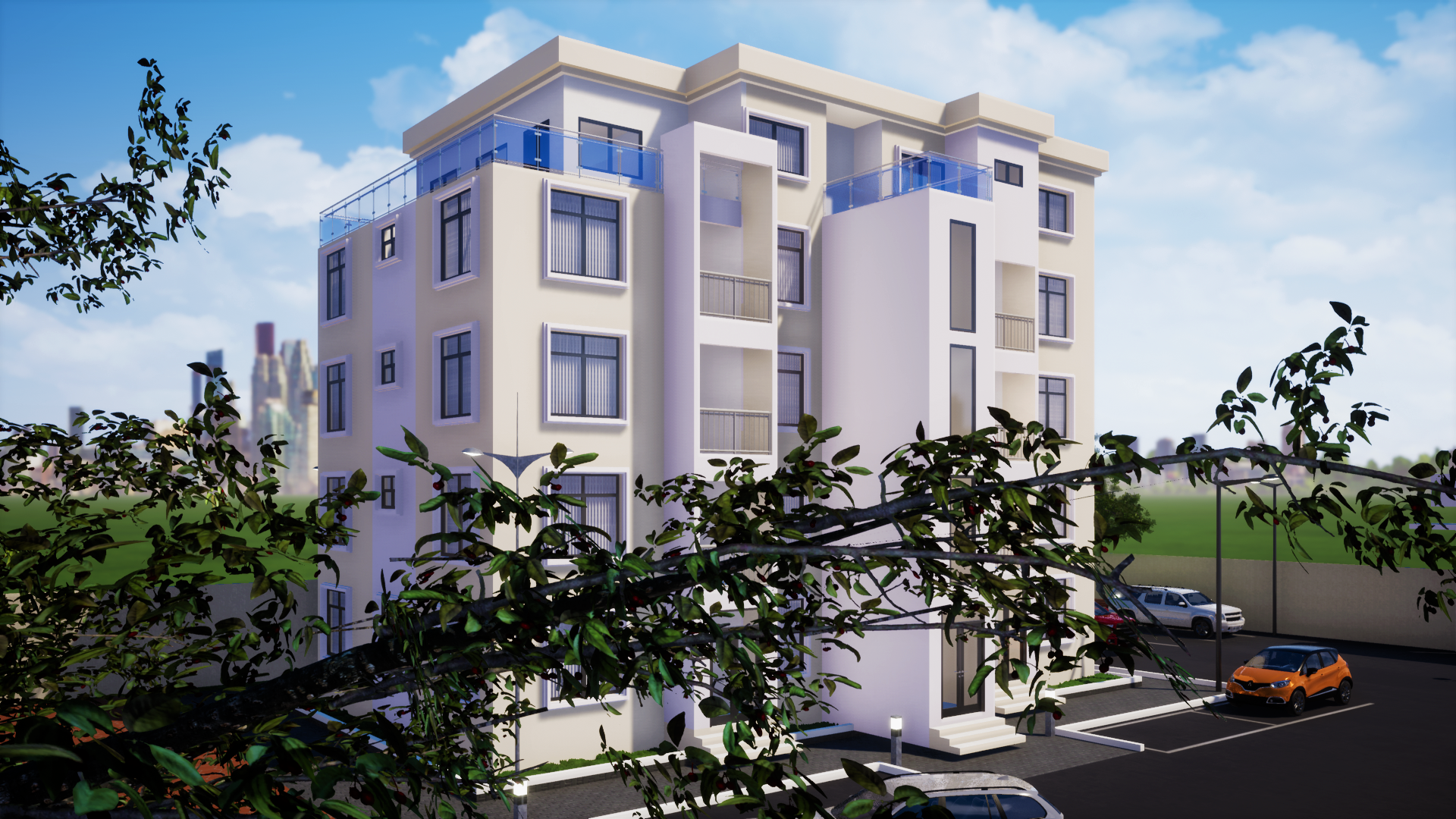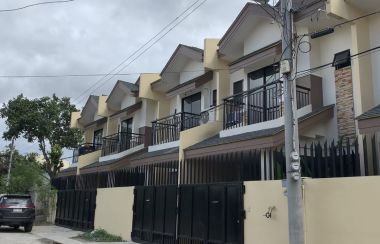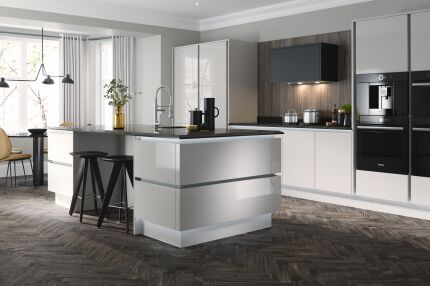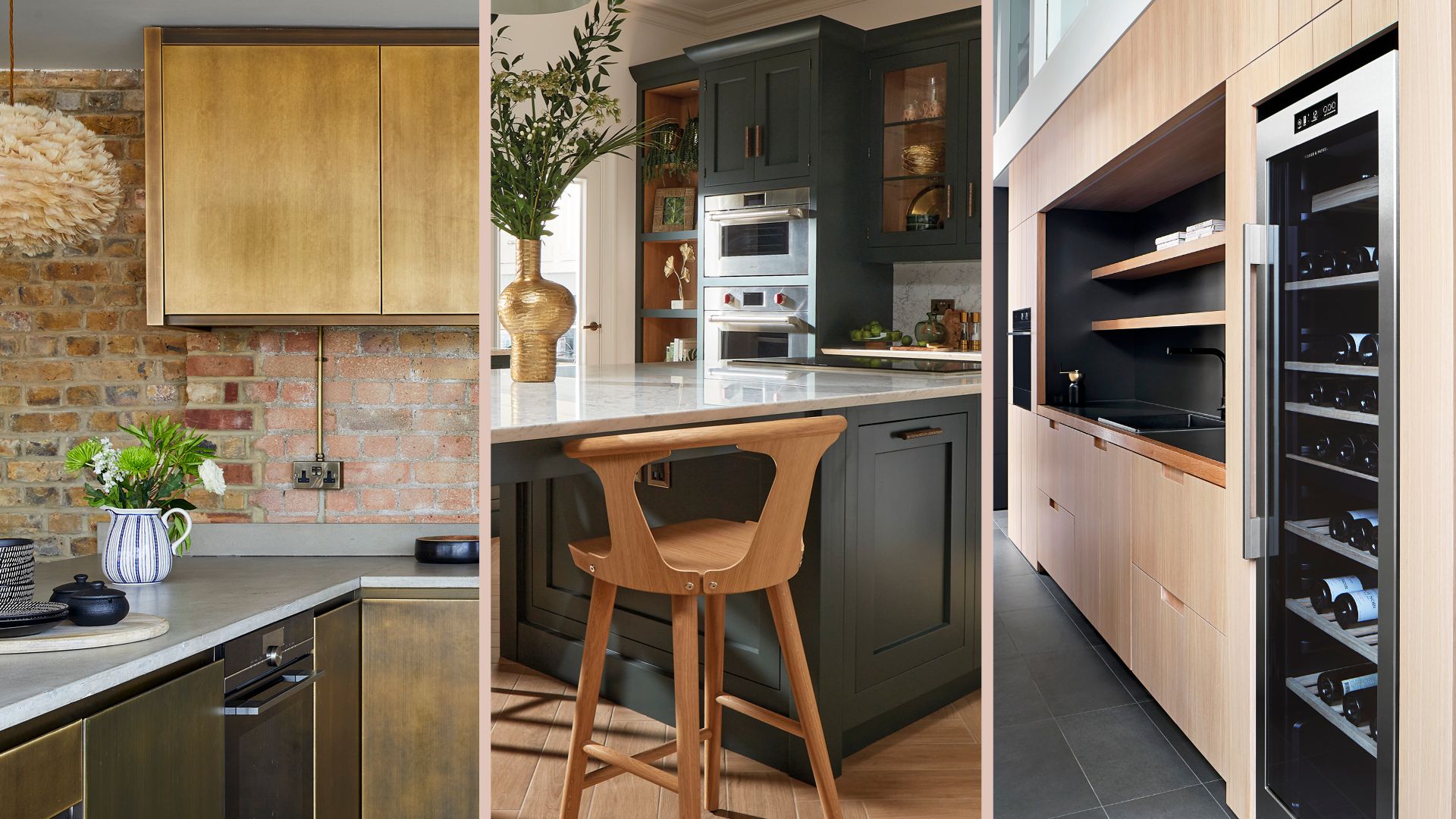Privacy Fence Ideas for Your Backyard
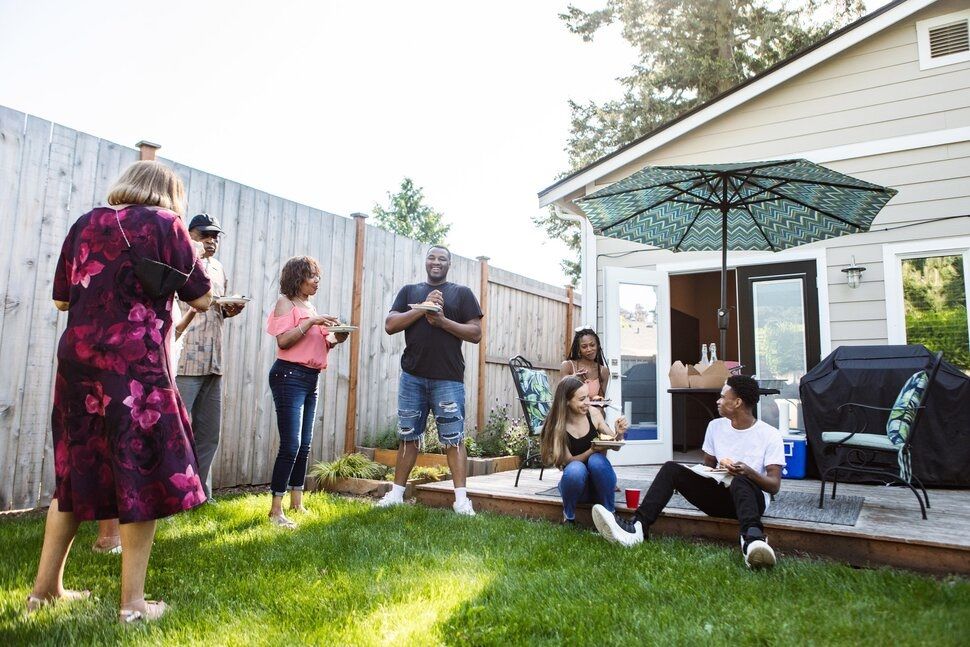
Your home is your sanctuary, but it may not feel that way if you see your neighbor every time you sit on the deck. Privacy fences can solve that problem by creating a barrier between you and adjoining yards. What’s more, they can prevent pets and children from wandering off – or onto – your property.
“One of the most important things that homeowners need to be cognizant of is researching their lot line location,” says Bill Gassett, a realtor with Maximum Real Estate Exposure in Hopkinton, Massachusetts. They also need to confirm whether there are any local ordinances or homeowner association rules which may limit the height or type of fence they can erect.
Once those details are squared away, homeowners have several options when it comes to creating privacy for their yard. Here’s a closer look at four privacy fence ideas.
Hedges and Shrubs
One of the simplest ways to create privacy for your yard may not include a fence at all.
“My choice of fencing would be to use plants as a natural screen,” says David Angelov, CEO and founder of PlantParenthood, a garden design and maintenance company in Swampscott, Massachusetts. “It’s much easier on the eyes than a traditional fence.”
Depending on your needs, natural screening options can include flowering bushes and evergreen hedges. “Garden hedges such as mock orange or camellia not only block your neighbor’s view efficiently but give your backyard a wonderful fragrance and a lush look,” says Toby Schulz, CEO and co-founder of Australian lawn care company Lawn.com.au.
The price of natural screening will depend on the plants chosen and their size, but this is generally one of the cheaper privacy fence ideas. Homeowners could pay as little as $10 or less per plant. However, there may be ongoing expenses to maintain and shape a hedge. Professional planting could cost twice as much as doing it yourself, but landscapers also may be able to help select the right plants and space them appropriately.
Plants need to be chosen with your area’s hardiness zone in mind, Angelov says. The hardiness zone determines the areas different plants can best grow, based on geography and climate; some shrubs may change in appearance throughout the year, especially when planted in four-season climates.
Vinyl Fencing
If you want a solid barrier to better contain pets and children or keep wildlife out, wood and vinyl are two of the most popular and affordable privacy fence ideas.
While some wood fencing can be less expensive than vinyl panels, vinyl is generally more durable and maintenance-free. That makes the total cost of vinyl fencing less expensive and a top choice for homeowners, according to Gassett. “That seems to be one of the most popular (materials),” he says.
Many vinyl fencing options run between $100-$200 for an 8-foot panel, although pricing can vary significantly depending on the design and color chosen. Fences designed to simulate the look of wood typically cost the most, while white fencing is often cheapest.
“If you have an eye to resale, you want to choose something that’s as neutral and as timeliness as it can be,” says Lindsay Barton Barrett, an associate real estate broker in New York with firm Douglas Elliman. She suggests avoiding anything that could look dated in the future.
In his experience, Gassett says the vast majority of homeowners hire a professional to install fencing. However, for someone who feels capable, this may be a project you can tackle on your own.
Wood Fencing
Wood fencing includes materials such as cedar, pressure-treated lumber and more exotic hardwoods such as teak or ebony.
“The gold standard is really ipe,” Barton Barrett says. This dense wood features deep brown and amber hues and is known for being low maintenance and resistant to insects and rot. However, homeowners may find their choice of wood is limited right now as supply chain issues have left some construction materials in short supply.
Cedar fencing may be more common and traditional, but it isn’t readily available in all areas right now. Pressure-treated lumber lacks some of the character of other woods, but it can be more affordable and accessible. “Pressure-treated wood can weather in a really beautiful way over time,” Barton Barrett says.
Pricing for wood privacy fences varies significantly based on the type of wood selected. Eight-foot panels of softwoods such as spruce or pine may cost as little as $60 in some parts of the country, but professional installation of hardwood fences can cost as much as $36 per linear foot.
Wood fencing may require digging holes and even pouring cement to hold posts, and Barton Barrett recommends using a professional for installation. “It seems like it might be easy, but you never really know what’s nine inches below the ground,” she says.





.jpg)




























